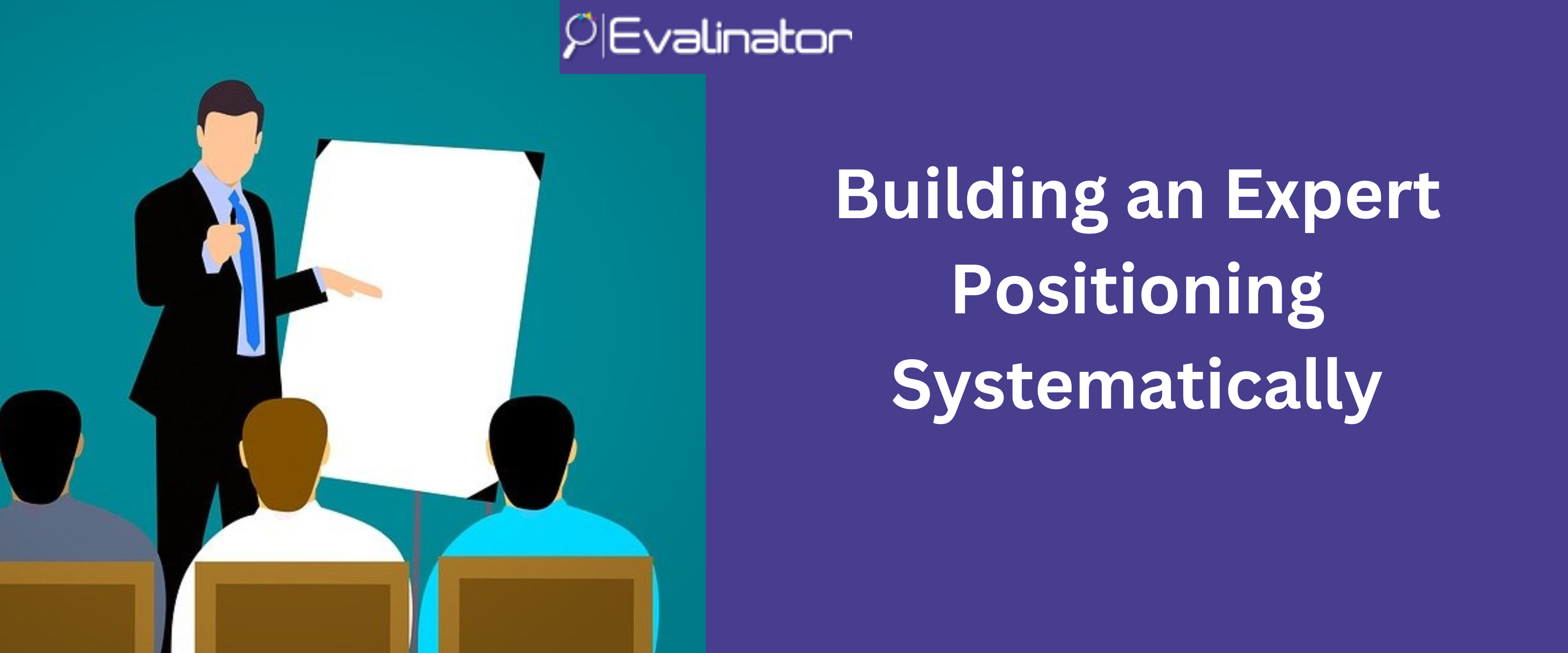


Creating a trusted expert positioning is making sure you’re known for helping your clients decide what is right for them. This is very different from simply selling your products and services. An expert sells what is right for the customer and creates a successful long term relationship.
Here are 3 ways you can unlock your insights and expertise to create an expert positioning.
An expert needs to have an anchor online presence where others can go look them up. For many, their LinkedIn profile is a central place from where interested people can be directed to other places. The most important place for an expert is their own website, or a section on their company’s website they can call their own – e.g. where they write their blogs and share insights. Snippets of these insights can be shared on LinkedIn, but your website is where you live.
A common challenge most experts face is the dreaded writer’s block. Although they have a lot to share, trying to write a post becomes challenging because there is so much to share! In these cases, experts should adopt what is called as an anchor theme approach.
Say for example that your subject matter is organizational change management. There are so many different aspects of this topic that writing a single post on one sub-area is not easy. Your mind tries to link multiple topics together and the blog post starts looking like a mini e-book. In this case, the right approach is to create what is called a maturity assessment on this topic – simply lay out all the different aspects of change management, and if necessary group them into what average, good, or great organizations would adopt. Then you write one post outlining the overall assessment, and then subsequent posts on each individual sub-topic you identified.
This anchor theme approach can be applied to any area – cybersecurity, digital transformation, analytics, DevOps, operations, pricing, leadership, HR and so on.
An added benefit of this authority marketing approach is that your expertise becomes actionable. You can use Evalinator to create your maturity assessment, and share it with your audience. They get immediate value, your expertise gets noticed, and you get more data to build your insights with.
Your insights need an audience. One of the areas that most experts struggle with is getting their insights out there. Sharing on LinkedIn and Twitter is not enough because there is too much noise. So you need to appear in places where the bar is set slightly higher.
If you follow an anchor theme approach using a maturity assessment, and follow these 3 visibility tips, you will be on your way to building your expert positioning in no time.
It’s surprising that a large number of experts do not actively reach out to build a solid network. They are content with sharing their insights and reading insights from other experts, but they don’t actively reach out.
This could be because you are busy or simply because you have what is called an expert syndrome. The syndrome means that you “think” you’re not good enough, and will be exposed.
In the case of most experts, nothing could be further than the truth. You must reach out and determine that yourself. Chances are that once you start interacting with other experts, you’ll find that they share the same insights you do, and you indeed bring a fresh perspective to the discussion.
The first wave of experts to reach out to are the experts from your partner organizations. For example, if you work with a consulting firm, then reach out to experts from the people who make products for your audience, or provide complementary, non-competing services.
The second wave would be to reach out to independent speakers and analysts who are conducting primary research.
Building an expert positioning takes a bit of systematic execution. But it’s not hard if you have the discipline to follow through. There is help available at every step of the way. The first step is – decide to initiate it. Then the momentum will fuel itself as you make progress.
Start by creating a maturity assessment right on Evalinator. We’re here to help.